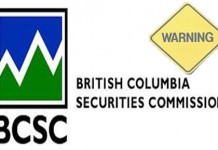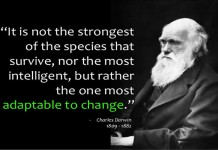Here at binaryoptionswire.com we have stressed on more than one occasion how important it is for each and every one of you binary options or forex traders to base your trading decisions primarily on pure facts and a clear view of the market conditions.
In order to help you prepare for your trades during the new year 2014, we provide below the top five important factors that will shape the world economy in the year ahead, as these are presented in the latest report by Deutsche Bank.
Deutsche Bank comments that seven years after the outbreak of the world economic and financial crisis, the world economy is expected to get during 2014 back on the growth track at a growth rate between 3,5 – 4%. These expectations are primarily based on the following five factors:
- Further recovery of the American economy: The economy sector which sparked the world financial crisis has undergone the most radical restructuring. A recovery is being recorded in the real estate market, with prices in urban areas rising by double digit figures. This, in combination with the rise in US shares, has helped the American households improve their financial situation. In the fiscal field, where the automatic cuts in spending as “collateral damage”, decreased the fiscal deficit considerably in 2013, things are expected to be milder. Furthermore, the recent Fed decision to begin with the tapering is not expected to create any further problems over those that have already been quantified. Therefore, Deutsche Bank concludes that the US economy will continue on the recovery path during 2014 and is expected to grow by 3,2%, compared to a growth rate of 1,8% in 2013.
- Reforms and Chinese growth over 8%: The effectiveness of the Chinese economy is expected to be significantly strengthened by the limitation on the state influence and interference on businesses and the financial system, due to the extensive reforms that were voted in November. In the rest of the emerging economies it is also highly possible that the growth rates will further increase during 2014, although numerous high medium-term predictions have been revised on the down side on many occasions.
- Difficulties due to the fiscal policy in the eurozone: The commitment by the European Central Bank to potentially offer unlimited aid and support to the problematic economies has slowed down the rate of fiscal adjustment, leading to a very low reduction of the structural deficit against the GDP. This, however, also means that the eurozone debt will not start to reduce before the start of 2015 and beyond, at the very earliest.
- Progress towards the banking union: The negative consequences of the fiscal adjustment would be further limited by the stabilization in the banking sector and the relaxing of pressure on banks to strengthen their capital adequacy ratios. This is a result of the progress that has been made in many countries in the field of unifying the banking sectors, in view of the stress test and analytical evaluation that the European Central Bank will carry out in 2014 in the biggest banks of the Eurozone.
- A stronger USD:The growth of the US economy with a rate over 3%, the increasing expectations that US interest rates will rise significantly in 2015 and the huge increase in the domestic energy production, which in turn means a medium term improvement in the country’s current account, will most probably place the USD on a rising track for the next years. This will also further improve European exports.
However, Deutsche Bank points out that not all is rosy, since over-optimistic predictions have proven not to be true in the past. Moreover, they point out that political developments, especially in EU countries, could potentially cause an upset in the economic conditions.
Having all these in mind, be prepared for an exciting year ahead, full of potential and lucrative trading opportunities.
















